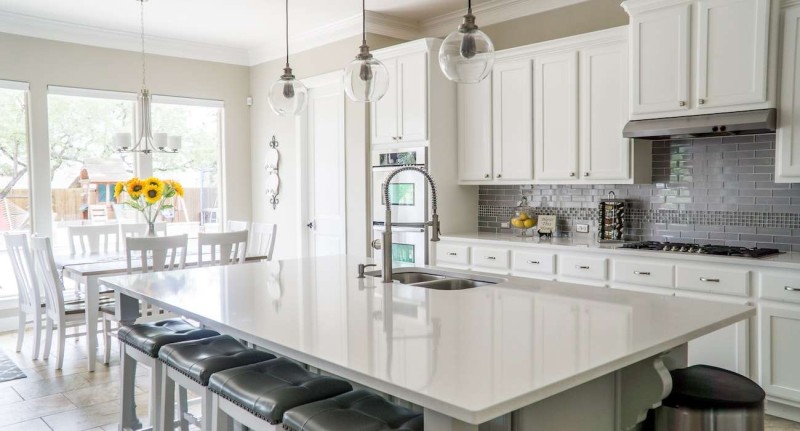Making an outdoor living area is perhaps more crucial than ever in today's hectic environment. It's a spot where you may unwind, recharge, and get away from the everyday grind. If you want to write a blog about home improvement and are looking at guest blogging venues, select our Home Improvement Write For Us category.
Creating the ideal backyard retreat in your outside space is simpler than you may imagine, regardless of whether you have a large backyard or a little patio. In this post, we'll look at a variety of suggestions and ideas for repurposing your outside space into a fun- and relaxation-filled retreat.
Why Living Outside Is Important
Outdoor life has become incredibly fashionable in recent years. It's important to design a space that seamlessly connects your home and your backyard so you can take in the beauty of the outdoors while still enjoying the conveniences of interior living.
Here are some persuasive arguments in favor of outdoor living:
- Connection to Nature: Being outside helps people feel better about themselves, lowers their stress levels, and makes them happier. You can interact with the surrounding natural environment thanks to it.
- Entertainment: An outdoor living area offers the perfect location for social gatherings of friends and family. It's a location to hold pool parties, barbecues, or just spend a peaceful evening outside.
- Sunlight supplies vital vitamin D, while fresh air enhances respiratory health. Living outside promotes physical activity, which is good for your overall health.
- Property Value: A well-planned outdoor area can greatly raise your home's resale value. It's a worthwhile investment.
Now that we know how important outdoor living is, let's look at how to design the ideal backyard retreat.
Identifying the Potential of Your Space
It's important to evaluate your backyard's potential before you start changing it. Think about the following elements:
- Measure the size and shape of your outside space and take note of any abnormalities. You can successfully plan the layout with the aid of this.
- Sun and Shade: Keep an eye on how the sun moves through your area during the day. Determine which regions get the most sun, shade, or both.
- Existing Features: Make a mental note of any trees, bushes, or buildings that are already there that you want to maintain or workaround.
- Utility Access: If you intend to install features like an outdoor kitchen or lighting, be sure that there is simple access to utilities like water and power.
- You can make wise choices throughout the design phase if you have a thorough understanding of your space.

